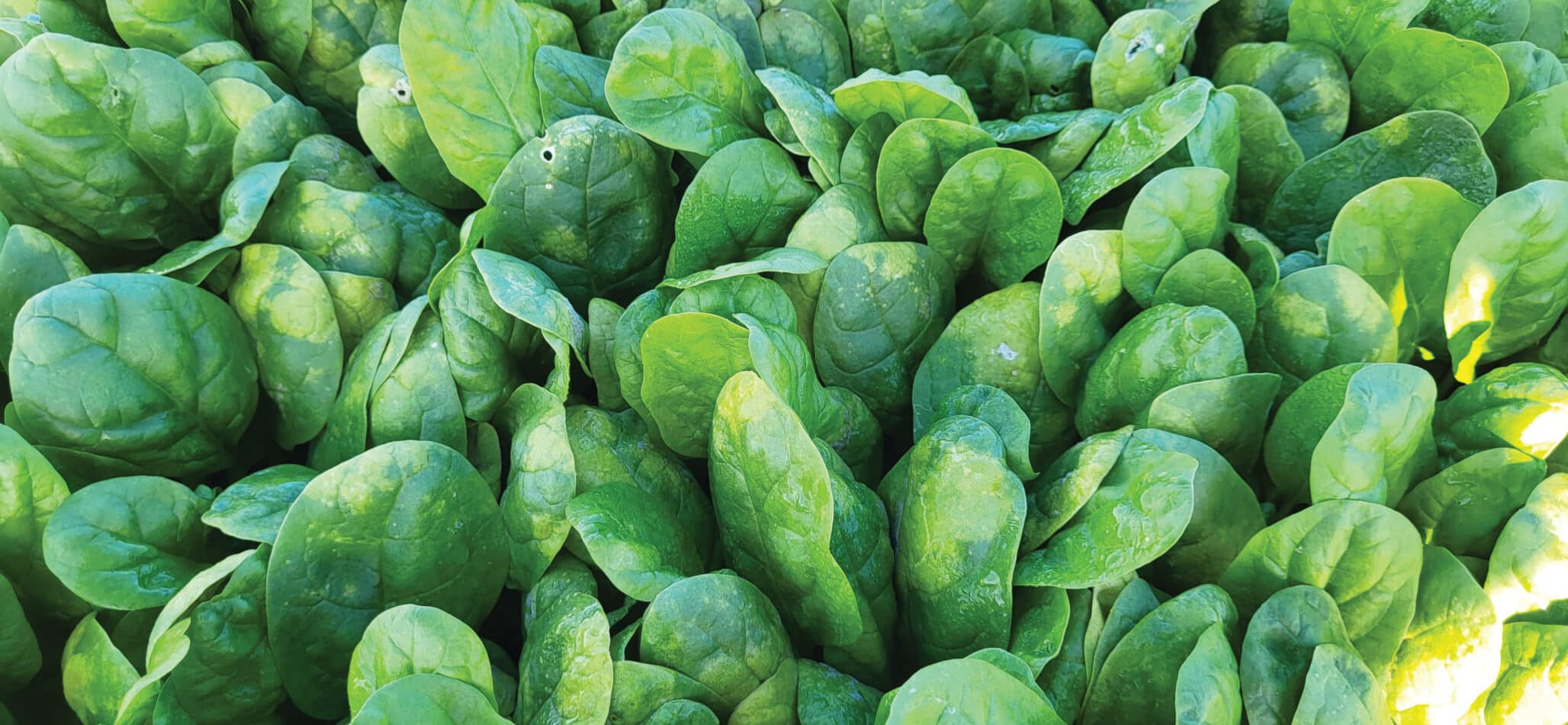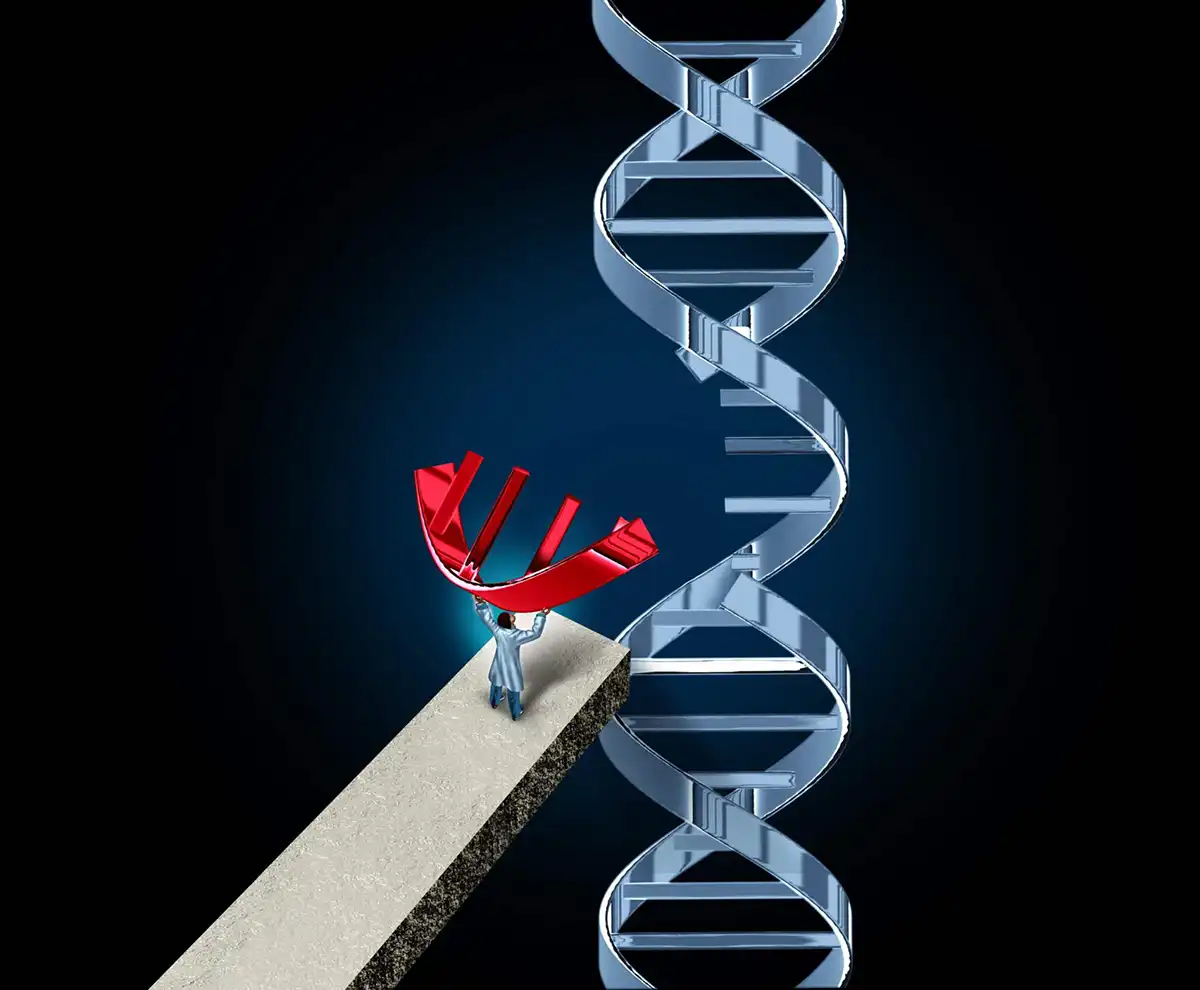Spinach breeders are in no way falling behind other crop breeders in terms of using the full range of the latest technological and molecular breeding advances.
Ben Hunter, lead of the Global Spinach Collaborative Breeding Pipeline Team at Bayer Crop Science, reports that Bayer breeders are applying “a wealth of innovative technologies” to spinach, including marker assisted selection, rapid cycling back crosses and genomic insights as needed.
“At BASF, we are currently working on the development and implementation of molecular markers linked to the most important disease and consumer traits,” says Rob Raedts, molecular breeding scientist (lettuce and spinach). “We’re also implementing a recurrent genotyping strategy using a high-density genotyping platform which will allow our team to apply more advanced mapping and selection studies such as GWAS.”
Raimon Laan, spinach breeder at Bejo Zaden, notes that in spinach, the latest breeding tools can provide insight into the DNA structure, its loci (location) of resistance genes and quality traits. There are possibilities to combine breeding for many traits if we can achieve a good understanding of the plant’s DNA composition, explains Laan.
For its part, DeSeed is using classic breeding techniques combined with new techniques such as DNA marker-assisted breeding and light technology for speed breeding. KWS also uses marker-assisted selection and speed breeding, along with drones and Artificial Intelligence.

GENE EDITING
Whilst CRISPR and other gene editing tools are not legal in Europe, all companies agree they could be useful in spinach, as least with the improvement of some specific traits.
However, Johan Rijk, senior spinach breeder at KWS, notes that these tools are still being explored and examples of successful use at this point are still relatively rare. He believes that efficient and effective use of gene editing is only possible after breeders gain much more control over the specific genetics of relevant traits, traits that are often complicated and polygenic. At this point, this has not been achieved in many crops and with the vast majority of important traits.
Peter Visser, BASF’s R&D crop lead for leafies and others, believes that tools like CRISPR have the potential to speed up the breeding of some crops where knowledge is greater.
“The vegetables in which the technology is most advanced are tomato and lettuce, as routine protocols for gene editing are available and genes for specific traits are known,” Visser explains. “Unfortunately, spinach is a crop where quite some technical hurdles around the application of gene editing remain unsolved, so it’s not the most obvious technology to speed up breeding or find new solutions for our customers.”
Nonetheless, Roel Veenstra, Bejo Zaden’s crop research manager for brassica, lettuce, beans and spinach, says that with CRISPR, it may be possible someday “to make small changes in the key-lock system that could provide resistance to downy mildew races, or instead, get rid of susceptibility genes. This is a very exciting possibility.”
The European regulations, together with other relevant international legislation on genetic resources, have augmented the complexity, administration requirements and legal uncertainty.
Read parts one and two of this article.
Read More About Spinach:
Popeye Was Right! Creating New Varieties in One of the Most Nutritious Vegetables
Rijk Zwaan Spinach Assortment Makes an Impression in Washington State University’s Stemphylium Study












